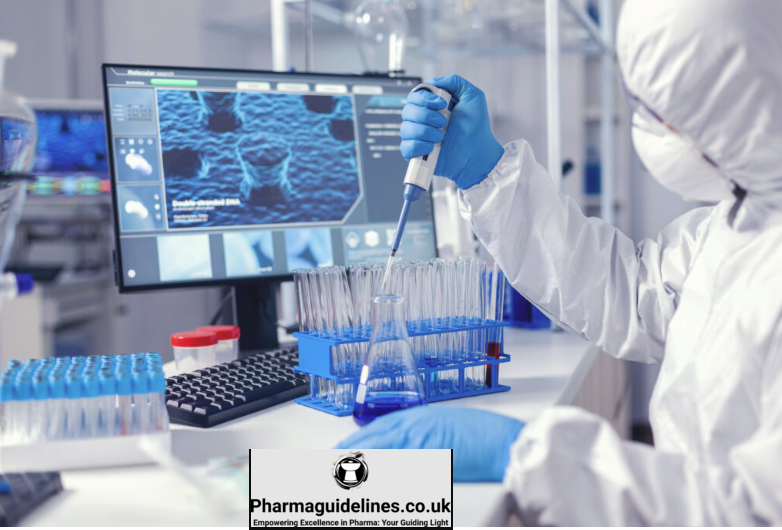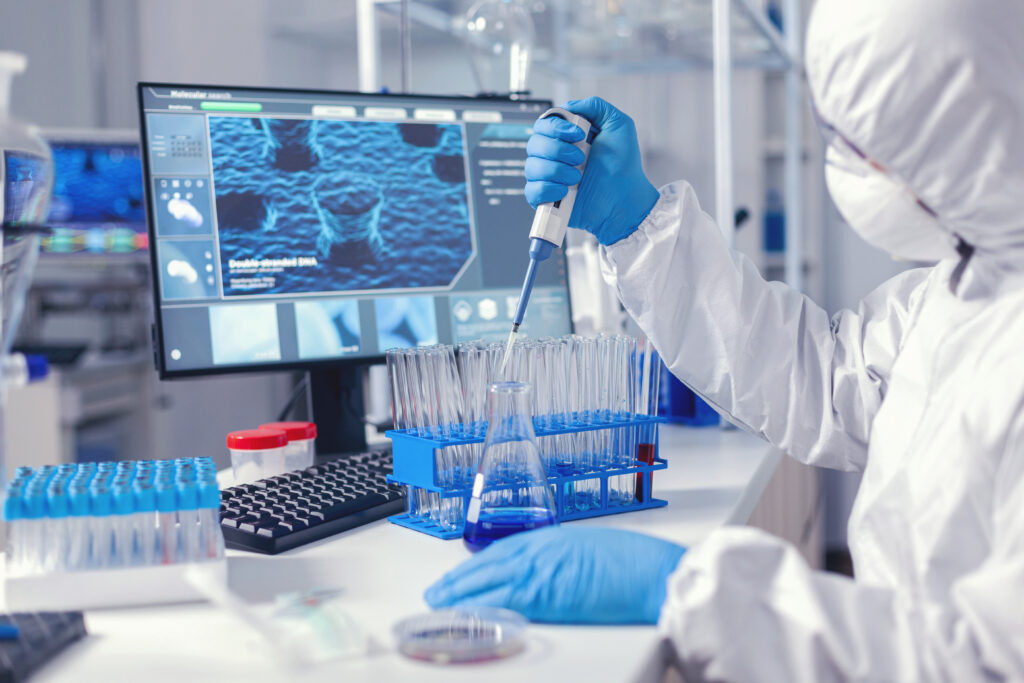High-Performance Liquid Chromatography (HPLC) is a versatile analytical technique on its own, but its power multiplies when combined with other advanced analytical methods. In this article, we delve into the world of hyphenated techniques in HPLC method development, exploring how these synergistic combinations extend the capabilities of HPLC and provide valuable insights across various scientific domains.
The Significance of Hyphenated Techniques
Enhancing Analytical Power
Hyphenated techniques merge the strengths of HPLC with complementary analytical methods, creating a powerful synergy. This combination enhances the analytical power, allowing researchers to simultaneously separate, detect, and quantify multiple components with higher precision and accuracy.
Expanding Application Horizons
The application of hyphenated techniques extends across diverse fields, from pharmaceuticals and environmental analysis to food science and life sciences. The ability to tackle complex analytical challenges and identify trace-level compounds makes these methods indispensable in research and industry.
Key Hyphenated Techniques in HPLC Method Development
HPLC-MS: Unveiling Molecular Fingerprints
HPLC coupled with Mass Spectrometry (HPLC-MS) is a dynamic duo in analytical chemistry. While HPLC separates complex mixtures, MS identifies and quantifies compounds based on their mass-to-charge ratio. This technique is vital in pharmaceutical analysis, proteomics, and metabolomics, where precise compound identification and quantification are paramount.
HPLC-NMR: Bridging Chromatography and Spectroscopy
HPLC coupled with Nuclear Magnetic Resonance (HPLC-NMR) combines the separation capabilities of HPLC with the structural insights of NMR spectroscopy. This technique is invaluable in natural product analysis, where it can identify and elucidate the structures of complex molecules like plant metabolites.
HPLC-FTIR: Infrared Spectroscopy Amplified
HPLC coupled with Fourier-Transform Infrared Spectroscopy (HPLC-FTIR) unites the separation prowess of HPLC with the chemical specificity of FTIR. This technique is used in polymer analysis, identifying additives in plastics, and assessing the purity of chemical compounds.
Practical Considerations in Hyphenated Techniques
Hyphenated techniques in HPLC method development offer an array of analytical benefits, but they also introduce unique practical considerations. These considerations are crucial for optimizing the performance of hyphenated systems and obtaining reliable analytical results. Here are some key practical aspects to keep in mind:
Compatibility and Integration
One of the primary practical considerations when employing hyphenated techniques is ensuring compatibility and seamless integration between the HPLC system and the coupled method. Different analytical instruments and detectors may have specific requirements for compatibility. Researchers need to select suitable components, ensuring they work harmoniously together. Hardware and software adjustments may be necessary to optimize the performance of the integrated system.
Sample Preparation
Hyphenated techniques often require specific sample preparation steps to ensure the samples are compatible with both HPLC and the coupled method. The sample preparation process must be carefully tailored to the requirements of both analytical techniques. Proper sample preparation enhances data quality, analytical precision, and the overall success of the hyphenated method. This can involve techniques such as extraction, purification, or derivatization to prepare samples for analysis.
Method Validation
As with standalone HPLC methods, validation is a critical consideration in hyphenated techniques. Researchers must validate the entire hyphenated system, including both the HPLC component and the coupled analytical method. Validation ensures the accuracy, precision, and reliability of the entire analytical workflow. It involves the assessment of parameters such as accuracy, precision, linearity, and selectivity. Validation data is essential to demonstrate that the hyphenated method meets its intended purpose and complies with regulatory and industry standards.
Regulatory Compliance
Hyphenated techniques are often employed in regulated industries, such as pharmaceuticals and environmental monitoring. Adherence to regulatory guidelines and standards is paramount when working with these techniques. Researchers must ensure that the hyphenated method complies with regulatory requirements and industry standards. This involves rigorous documentation, validation, and quality control practices to meet regulatory expectations.
Frequently Asked Questions (FAQs) about Hyphenated Techniques in HPLC Method Development
Q1: What are hyphenated techniques in HPLC method development?
A1: Hyphenated techniques involve combining High-Performance Liquid Chromatography (HPLC) with other advanced analytical methods, such as Mass Spectrometry (MS), Nuclear Magnetic Resonance (NMR), or Fourier-Transform Infrared Spectroscopy (FTIR). This combination enhances the capabilities of HPLC for more comprehensive and precise analysis.
Q2: How do hyphenated techniques benefit analytical research?
A2: Hyphenated techniques provide researchers with enhanced analytical power, enabling them to simultaneously separate, detect, and quantify multiple compounds with greater accuracy and sensitivity. These techniques expand the range of applications in various scientific fields, such as pharmaceuticals, environmental analysis, and food science.
Q3: What is the significance of HPLC-MS in hyphenated techniques?
A3: HPLC-MS combines HPLC separation with Mass Spectrometry, allowing for precise compound identification and quantification based on mass-to-charge ratios. It is widely used in pharmaceutical analysis, proteomics, and metabolomics for compound characterization.
Q4: How does HPLC-NMR contribute to hyphenated techniques?
A4: HPLC-NMR couples HPLC separation with Nuclear Magnetic Resonance spectroscopy, offering structural insights into complex molecules, particularly in natural product analysis. It aids in identifying and elucidating the structures of various compounds.
Q5: In what applications is HPLC-FTIR used in hyphenated techniques?
A5: HPLC-FTIR combines HPLC’s separation capabilities with the chemical specificity of Fourier-Transform Infrared Spectroscopy. It finds applications in polymer analysis, the identification of additives in plastics, and assessing the purity of chemical compounds.
Q6: What practical considerations are essential when working with hyphenated techniques?
A6: Practical considerations include ensuring compatibility and integration of components, appropriate sample preparation, method validation, and adherence to regulatory compliance. These aspects are vital for optimizing the performance and reliability of hyphenated techniques.
Conclusion: Unlocking Analytical Synergy
Hyphenated techniques in HPLC method development represent a convergence of analytical excellence. These combinations of HPLC with advanced methods like MS, NMR, and FTIR amplify the capabilities of each technique, offering deeper insights, improved sensitivity, and expanded application horizons. Researchers and scientists leverage hyphenated techniques to explore new frontiers in analytical chemistry, pushing the boundaries of what is possible and contributing to breakthroughs in various scientific disciplines.
For more articles, Kindly Click here.
For pharmaceutical jobs, follow us on LinkedIn
For Editable SOPs in word, format contact us on info@pharmaceuticalcarrier.com



